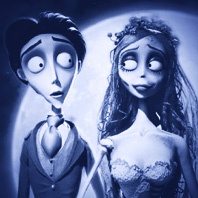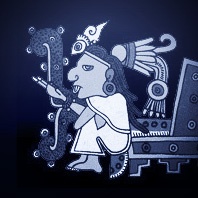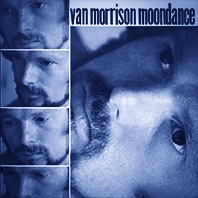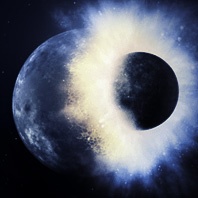Sir Charles Spencer Chaplin (1889–1977) is considered one of the first movie stars ever and made film history with his acting and his works. He is also one of the few artists who managed the transition from silent films to sound films.
Because of using archetypal imagery and symbols in his films, it is natural that the moon could also play a part somewhere. We found four references:
Read more
Gravity is the force of attraction of bodies. Its intensity depends on the mass: the more mass, the higher the gravity. This is the reason why the gravitational pull is greater on Earth than on the Moon, because Earth is considerably larger and heavier than the Moon. The gravitational acceleration on Earth is with approx. 9.8 m/s² six times as strong as on the Moon with approx. 1.6 m/s². This is why astronauts are able to jump higher on the Moon than on Earth and objects fall to the ground at a lower speed.
Read more
You always hear that certain things should be done or left undone at certain phases of the lunar cycle, also during a full moon. You can believe it or not. It surely cannot be proven and to be honest, we are quite skeptical with regards to the attribution of human activities and lunar events. However, we would not like to exclude it – after all neither the efficacy nor the inefficacy of such theses has been proven. As long as you don’t get caught in your own convictions, it is part of people’s liberty to create their lives freely.
Read more
»The Woman of the Apocalypse« is a depiction of a Virgin Mary that is surrounded by sunrays (hence she is also called sun-crowned Madonna), and shows a moon crescent underneath her feet. Quite often stars can also be seen around her head. This portrait goes back to the biblical text »The Woman and the Dragon« in the Revelation of John, chapter 12. This describes the fight of heaven against the red dragon that embodies the evil in the world.
Read more
This article is about the stop motion movie “Corpse Bride” (2005) by Tim Burton, the master of bizarre and subtle productions. The movie is based on a Russian legend “Corpse Bride” and captures the story of a wedding between two people of varying social backgrounds (Victor & Victoria) or rather differing worlds (Victor & Emily), with the resulting tension.
Read more
The Aztec were indigenous people (natives), who lived in Central America between the 14th and 16th century, in the area of today’s Mexico. Just like all primordial nations, they had a variety of deities and Tecciztecatl is the god of the moon. Many stories about the Aztec have been passed on, most of them appear sinister and cruel. Also their ending, precipitated by the Spanish conquerors, was bloody and does not belong to the chapters man can boast about. And so, you look to the past with split feelings.
Read more
Just like with all natives from different countries and continents, the Moon also plays an important role amongst African peoples in myths and stories. In this respect, we have already mentioned other peoples, for example the Native American Indians in America, the Inuit in the far north or the Aborigines in Australia.
Read more
It is time again to write about a song on the theme of the Moon: »Moondance« by Van Morrison. Released in February of 1970, on the album with the same title, by the musician from Northern Ireland, belongs to the classics amongst the moon songs. It hovers stylistically between rhythm & blues and country rock, but also jazz influences can be recognized. »Moondance« was placed in the English and American Charts. It was never a smash hit, but still today belongs to the concert repertoire of ›Van the Man‹ and can be heard time and again on the radio.
Read more
The Moon has not always been there. And although, no one has been present to observe its creation, scientists today, largely share the view that our Moon originates from a collision between Earth and another planet 4.5 billion years ago.
Our Earth – that looked completely different to how we know it to be today – had been circling with the planet Theia, which was about the size of our Mars, around the Sun. Some day, these two orbs clashed, produced an inconceivably powerful collision that totally destroyed Theia and catapulted an enormous amount of rocks into the orbit of Earth.
Read more
The word »mooncalf« is connected to a sad story, because in earlier centuries it was used for calves that were born malformed. It was assumed that the Moon was responsible for this, which was generally seen as a symbol of the feminine and dark side of life. Not exactly fair toward the Moon and unfortunately characteristic for the attitude wanting to assign the good to the masculine and the evil to the feminine.
Read more
A moon bridge is a pedestrian bridge, of which the semicircular arch completes a full circle through its reflection in the water and reminds of the full moon. In the old days, the high arch especially, served the purpose for barges to comfortably pass through underneath. Moon bridges originate in the Asian culture and were often built in Japanese and Chinese gardens. The mostly used materials were wood, stone and metal.
Read more










